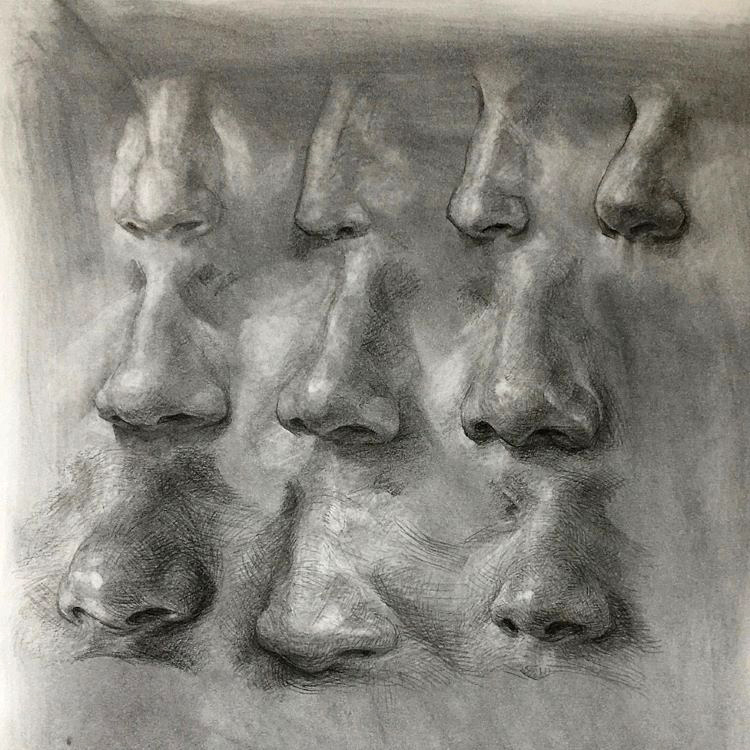

Dogs use this ability to detect potential friends and foes. They can sniff both positive and negative pheromones in humans and other pets. Have you ever heard of “Jacobson’s organ?” If you find your dog behaving abnormally, check the weather report. Using this technique, your dog knows at what time you will come back after work.īy the time you reach home, he will be waiting at your doorstep.ĭogs can smell, detect changes in weather patterns and barometric pressure. They can detect how long someone has been around.

What about dogs? Dogs can identify the time depending on the smells. If you did not have a watch, you could deduce the time by looking at the sun. This feature enables dogs to easily detect new scents. While humans spend most of their time only exhaling, our four-legged companions are constantly taking in new smells and scents.Ī dog’s snout is much longer and this pushes air more swiftly towards the receptors. Dogs normally exhale through the side portions of their noses and inhale through their nostrils. Dogs process these slits mostly for exhalation. This ability not only allow them to identify but also locate the smell.ĭo you now understand how rescue dogs locate missing people or sniff dogs? Their nostrils work like a stereoscopic sound processing two scents at one given time. Vets claim that a dog’s brain is smaller but their sense of smell is around forty-five times larger than the human brain. The scent membrane is called turbinate and it contains the nerves that process olfactory details to the brain. With such a huge quantity of receptors, a dog can detect the unimaginable level of scents. Humans have something close to 50 lakh receptors and we use it to detect a staggering one trillion colors.Ĭanines have two hundred and twenty million olfactory receptors.īloodhounds have three hundred million receptors compared to one hundred and twenty-five million in Dachshunds. Presence of Scent ReceptorsĪ dog’s nose is highly sensitive to smells compared to humans. They rely on their unique sense of smell mainly to experience things, dogs, places, and people around them. People would still collar and microchip their dog with appropriate tags.ĭogs use their nose much effectively than we use touch and sight to comprehend and understand the world. Without a proper collection of all these dog nose prints, it appears unlikely that this could become a major identification program. Some breeders and dog trainers record nose prints, and these are not archived in a single place of the source. This is one such club in the world that uses dog nose printing.Įxperts claim that this is the most consistent form of personal identification present in dogs, but there is no single database. The CKC is one club that has followed the practice of sharing nose prints for more than 80 years since they adopted this practice 80 years ago. Dog nose prints are not majorly used in the United States of America. Tracing a fingerprint to pull up a person’s history is similar to doing the same with canine nose print. Acquiring a nose print is painless, distinct way of doggie identification. Whatever said and done, nose printing is the easiest way of dog tracking.Ī dog’s nose print does not change even if they get old.ĭog tags and collars can be changed or lost, and even the latest microchips are susceptible to removal. These are ideally used to differentiate one canine from another. A dog’s nose has unique ridges, dimples, and bumps that develop a unique pattern. No two guys human fingerprints appear the same. Just as humans are identified by their distinct fingerprints, canines are identified using their nose prints.

The naked exposed part of the canine’s what experts call “nose” is “Rhinarium.” These peculiar ridges present on a dog’s nose appears distinct that their appearance plays a huge role in identifying dogs. The interesting news is that the CKC does allow dog nose prints since 1938. The wet nature of this surface attracts smell molecules permitting the canine to smell them much stronger. If we analyze a dog’s nose, we will learn that on their surface one could notice several ridges.


 0 kommentar(er)
0 kommentar(er)
